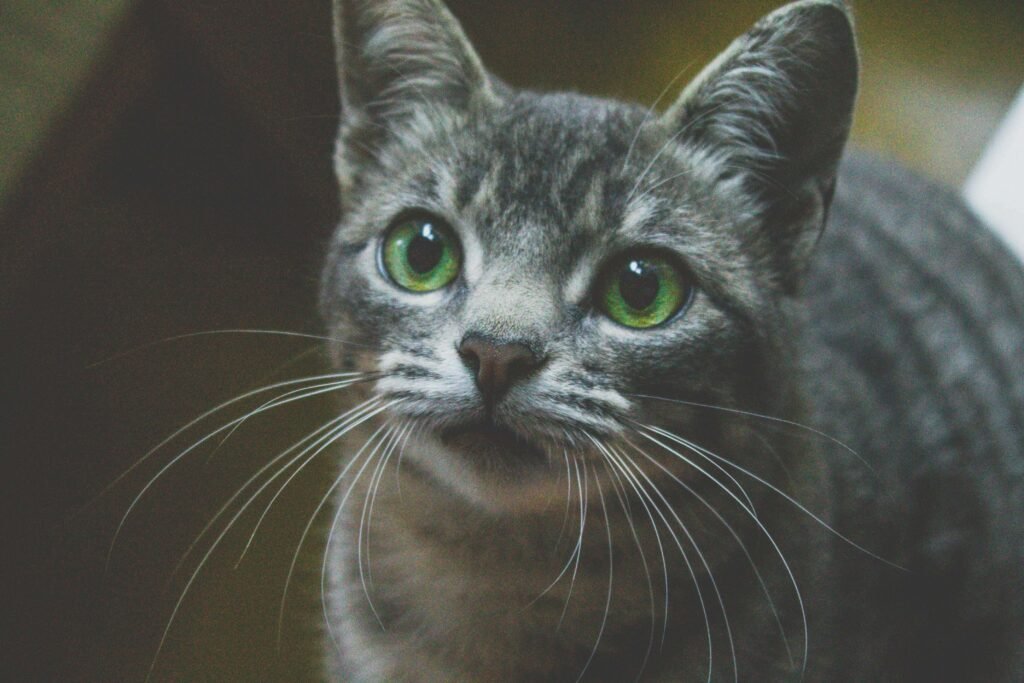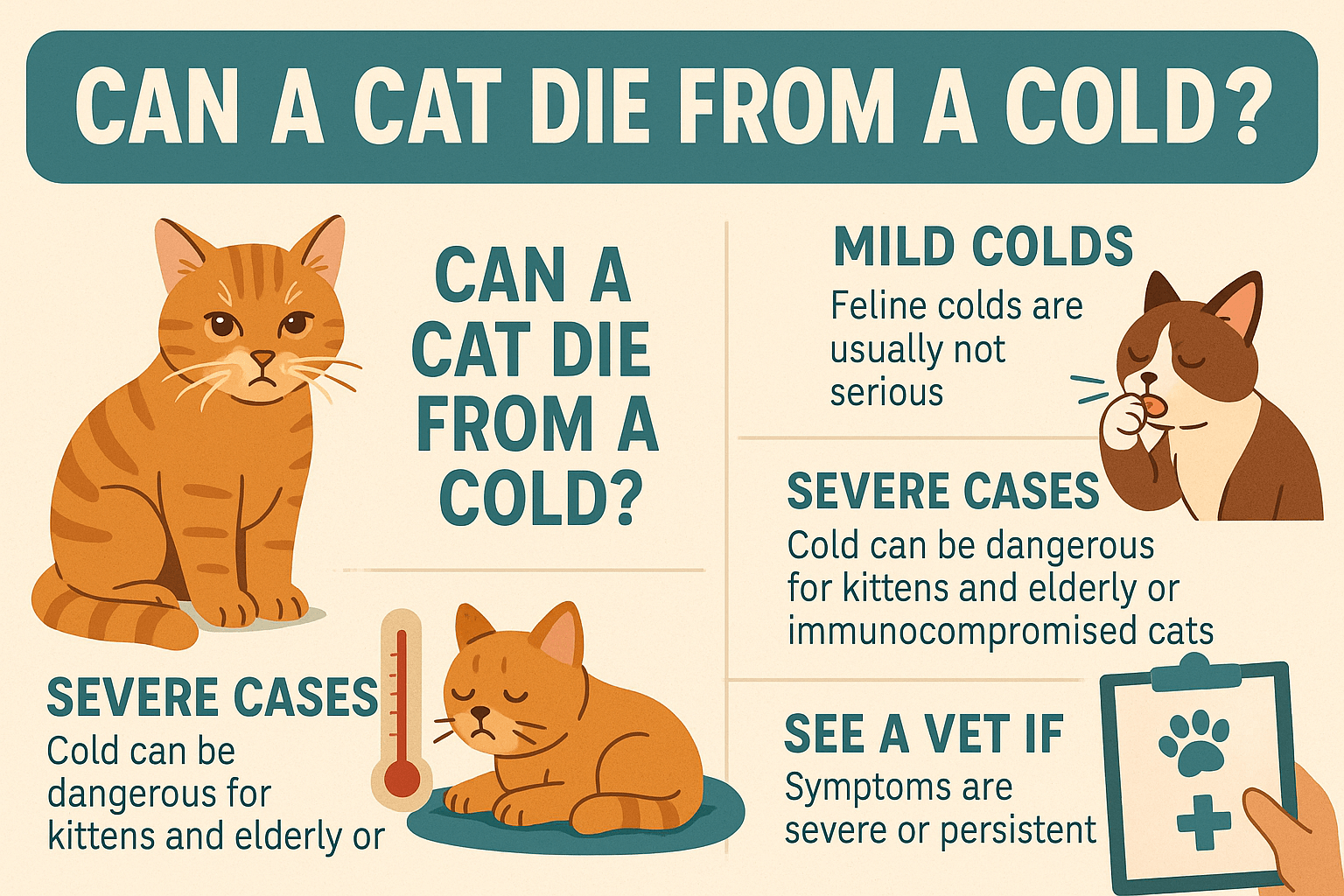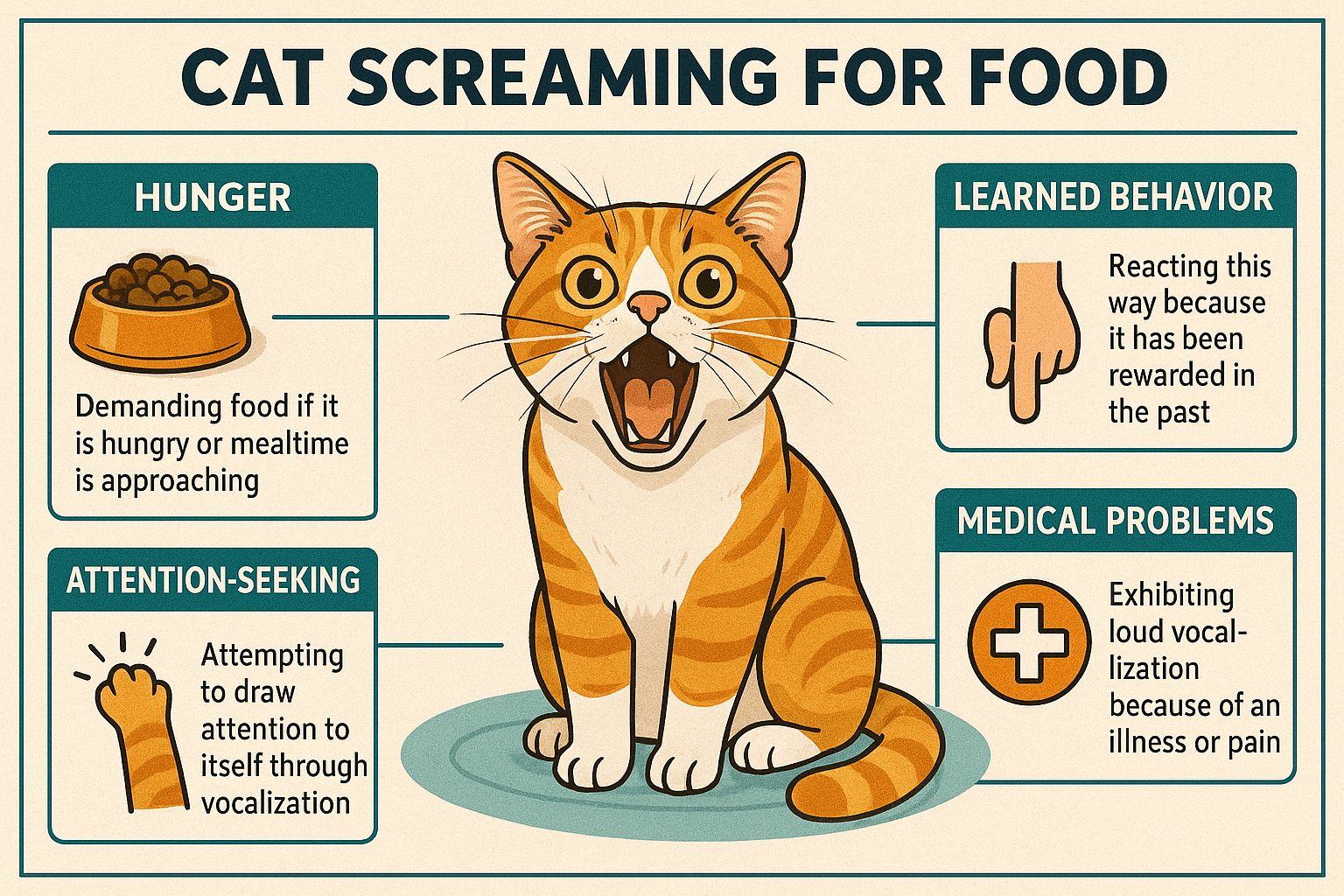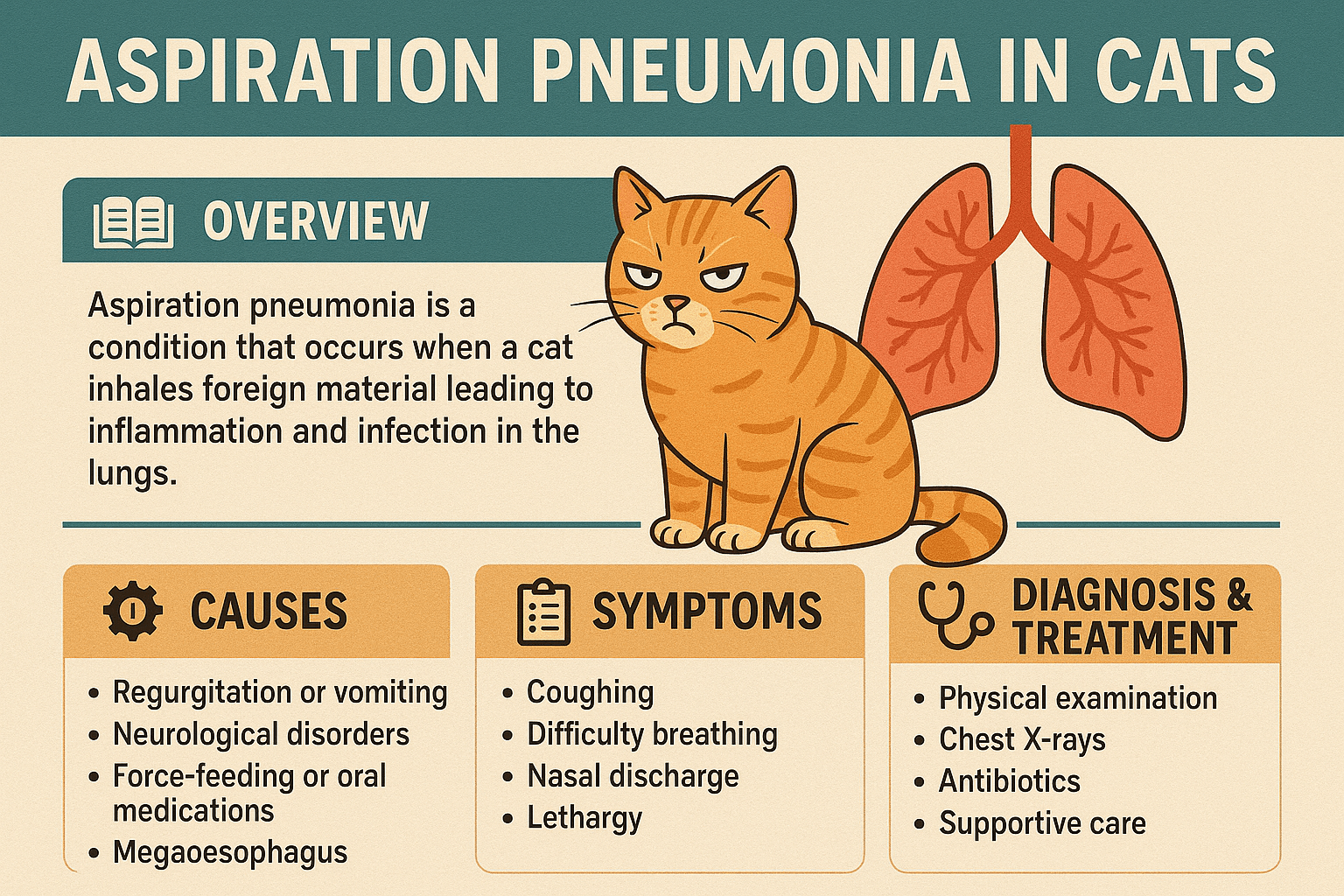The Fascinating World of Cat Mouth Anatomy
Cats are mysterious creatures, and their anatomy is no exception. Among the many intriguing aspects of feline biology, their mouth stands out as a marvel of evolution. From their razor-sharp teeth to their highly specialized tongue, a cat’s mouth is a finely tuned tool designed for survival, communication, and grooming. Understanding the anatomy of a cat’s mouth not only deepens our appreciation for these graceful animals but also helps us care for them better. Whether you’re a cat owner, a veterinary enthusiast, or simply curious about nature’s design, this exploration into cat mouth anatomy promises to be both enlightening and engaging.
Key Structures of a Cat’s Mouth
A cat’s mouth is a complex system composed of various structures that work together seamlessly. Below, we’ll break down the primary components that make up this fascinating part of a feline’s anatomy.
Teeth :
Cats have 30 teeth in total, including incisors, canines, premolars, and molars.Tongue :
Their tongues are covered in tiny, backward-facing barbs called papillae, which aid in grooming and eating.Jaw Structure :
The jaw is designed for a strong, vertical bite, essential for capturing prey.Salivary Glands :
These glands produce saliva, which plays a role in digestion and oral health.Palate :
The roof of the mouth separates the oral cavity from the nasal passages, aiding in breathing while eating.
Understanding these components provides insight into how cats interact with their environment and maintain their well-being. Each structure has evolved to serve a specific purpose, making the cat’s mouth a masterpiece of natural engineering.
Functions of a Cat’s Mouth
The mouth of a cat is not just for eating; it serves multiple vital functions that contribute to their overall health and behavior. Let’s explore the roles it plays in a cat’s daily life.
Hunting and Feeding :
The sharp canines and strong jaw allow cats to deliver a fatal bite to their prey.Grooming :
The barbed tongue removes loose fur and debris, keeping their coat clean and free of parasites.Communication :
Cats use their mouths to vocalize, hiss, or growl, conveying emotions and intentions.Temperature Regulation :
Panting through the mouth helps cats cool down when they overheat.Defense Mechanism :
Biting and hissing are common defensive behaviors during threats.
Each function highlights the versatility of a cat’s mouth, showcasing its importance in both survival and social interactions. Truly, the mouth is one of the most dynamic parts of a cat’s body.
Check this guide 👉Cat Leg Anatomy: Best 7 Expert Tips!
Check this guide 👉The Marvel of Cat Skeleton Anatomy: Best 7 Expert Tips!

Component | Function |
|---|---|
Teeth | Cutting, tearing, and grinding food |
Tongue | Grooming and aiding in feeding |
Salivary Glands | Producing saliva for digestion and oral hygiene |
Jaw Muscles | Providing strength for biting and chewing |
Palate | Separating nasal and oral cavities for breathing |
Unique Features of a Cat’s Mouth
While many animals share similar mouth structures, cats possess several unique features that set them apart. These characteristics reflect their evolutionary adaptations and predatory lifestyle.
Barbed Tongue Papillae :
Made of keratin, these tiny hooks help remove dirt and tangles from their fur.Zygomatic Arch :
This bony structure supports powerful jaw muscles, enabling a strong bite force.Dental Formula :
Cats have a specific arrangement of teeth (I 3/3, C 1/1, P 3/2, M 1/1), optimized for carnivorous diets.Limited Lateral Jaw Movement :
Unlike humans, cats cannot move their jaws side-to-side, focusing instead on vertical motions.Highly Sensitive Lips :
Their lips help detect textures and temperatures, aiding in food selection.
These distinctive traits underscore the precision and efficiency of a cat’s mouth, making it perfectly suited for their needs as hunters and groomers.
Common Oral Health Issues in Cats
Despite their robust anatomy, cats are prone to certain oral health problems that can affect their quality of life. Awareness of these issues is crucial for prevention and early treatment.
Periodontal Disease :
Caused by plaque buildup, leading to gum inflammation and tooth loss.Tooth Resorption :
A painful condition where the tooth structure breaks down.Stomatitis :
Severe inflammation of the mouth tissues, often requiring medical intervention.Oral Tumors :
Though rare, tumors can develop in the mouth, necessitating surgical removal.Broken Teeth :
Trauma or chewing hard objects can cause fractures, exposing the pulp.
By understanding these potential problems, cat owners can take proactive steps to ensure their pets maintain good oral health. Regular veterinary check-ups and proper dental care are key to preventing these issues.
The Role of a Cat’s Mouth in Social Behavior
A cat’s mouth plays a significant role in its social interactions, both with humans and other animals. Through various behaviors and vocalizations, cats communicate their emotions and intentions effectively.
Purring :
This soothing sound often indicates contentment but can also signal pain or stress in some cases.Hissing :
A defensive behavior used to warn potential threats to back off.Biting During Play :
Kittens often bite gently during play, mimicking hunting behavior while learning boundaries.Yawning :
While it may seem casual, yawning can serve as a display of dominance or relaxation depending on the context.Lip Licking :
Cats may lick their lips when anxious or nauseous, signaling discomfort.
Understanding these behaviors helps cat owners interpret their pet’s emotional state and respond appropriately. A cat’s mouth is not just a tool for survival but also a key instrument in their social repertoire.
How a Cat’s Mouth Supports Its Carnivorous Diet
As obligate carnivores, cats rely heavily on their mouths to consume and process meat-based diets. Their oral anatomy has evolved to meet the demands of their dietary needs with remarkable precision.
Sharp Canines :
These teeth are designed to pierce and hold onto prey securely.Shearing Premolars :
The jagged edges of premolars help slice through flesh efficiently.Limited Chewing Ability :
Cats swallow most food whole or in large chunks, relying on their digestive system to break it down further.Saliva Without Amylase :
Unlike humans, cat saliva lacks the enzyme needed to break down carbohydrates, reflecting their meat-centric diet.Strong Bite Force :
Their powerful jaws ensure they can deliver a fatal bite to small prey animals.
These adaptations highlight the efficiency of a cat’s mouth in supporting its carnivorous lifestyle. Every feature is tailored to maximize their ability to hunt, eat, and thrive as predators.
Fun Facts About a Cat’s Mouth You Didn’t Know
Beyond its functional aspects, a cat’s mouth holds many fascinating secrets that make them even more intriguing. Here are some lesser-known facts about feline oral anatomy.
Taste Buds Are Limited :
Cats have fewer taste buds than humans and cannot detect sweetness due to a lack of specific receptors.Flexible Hyoid Bone :
This unique bone allows cats to purr and roar (in big cats) by controlling airflow through the voice box.Barbed Tongue for Drinking :
Cats use their tongues to lap water in a precise motion, creating a column of liquid that they quickly close their mouths around.Teeth Eruption Timeline :
Kittens are born without teeth, developing deciduous teeth at around 2-4 weeks old before adult teeth emerge at 3-6 months.Mouth as a Healing Tool :
Mother cats often use their mouths to clean and stimulate newborn kittens, aiding in their early development.
These fun facts reveal the incredible intricacies of a cat’s mouth, showcasing how every detail contributes to their survival and charm. Truly, there’s always something new to discover about these remarkable creatures!
Frequently Asked Questions About Cat Mouth Anatomy
How many teeth do adult cats have?
Adult cats typically have 30 teeth, including incisors, canines, premolars, and molars.
Why does my cat’s tongue feel rough?
The rough texture comes from tiny barbs called papillae, which help with grooming and eating.
Can cats chew like humans?
No, cats primarily use their teeth for cutting and tearing rather than chewing.
What causes bad breath in cats?
Bad breath, or halitosis, is often a sign of dental issues such as periodontal disease or infections.
How can I keep my cat’s mouth healthy?
Regular brushing, providing dental-friendly toys, and scheduling routine vet visits can promote oral health.
The Marvel of Feline Mouths
In conclusion, the anatomy of a cat’s mouth is a testament to the wonders of evolution. From its specialized teeth to its multifunctional tongue, every aspect of a cat’s mouth serves a purpose that enhances its ability to thrive in the wild and adapt to domestic life. By understanding these intricate details, we gain a deeper appreciation for our feline companions and can provide them with the care they need to lead happy, healthy lives. Next time you observe your cat grooming or playing, take a moment to marvel at the complexity and efficiency of its mouth—a true masterpiece of nature.
Can a Cat Die from a Cold? Best 7 Expert Tips! Learn how to identify, treat, and prevent feline colds while understanding when to seek veterinary care for your cat’s health.
Cat Screaming for Food: Best 7 Expert Tips! Discover effective strategies to manage your cat's food-related vocalizations and create a peaceful feeding routine.
Aspiration Pneumonia in Cats: Best 7 Expert Tips! Discover causes, symptoms, and treatment advice to protect your cat’s respiratory health and ensure a speedy recovery.
Hip Dysplasia in Cats: Best 7 Expert Tips! Discover expert advice on managing hip dysplasia in cats, from symptoms and prevention to treatment options for a happier, healthier feline life.





